It's the season for baking, but have you ever wondered what makes cakes and biscuits rise? It's all about the raising agent. This activity uses a basic cookie recipe and different raising agents to find out which works the best.
What is a raising agent?
A raising agent, also known as a leavening agent, is a substance used to create bubbles to lighten a mixture. Examples of raising agents are baking powder, yeast and steam.
If you’ve ever forgotten to add baking powder or baking soda to a cake, you probably didn’t get the light, airy mixture you were hoping for, and too much baking powder gives a funny taste. Baking is all about getting the amounts of each ingredient and the cooking time and temperature right for your bake.
It's a delicious, fun, festive baking activity for the whole family!
You'll need
Basic cookie recipe
225g unsalted butter at room temperature
110g caster sugar
275g plain flour/all-purpose flour
Chocolate chips - optional
Parchment paper
Baking sheet
Wooden spoon
Bowl
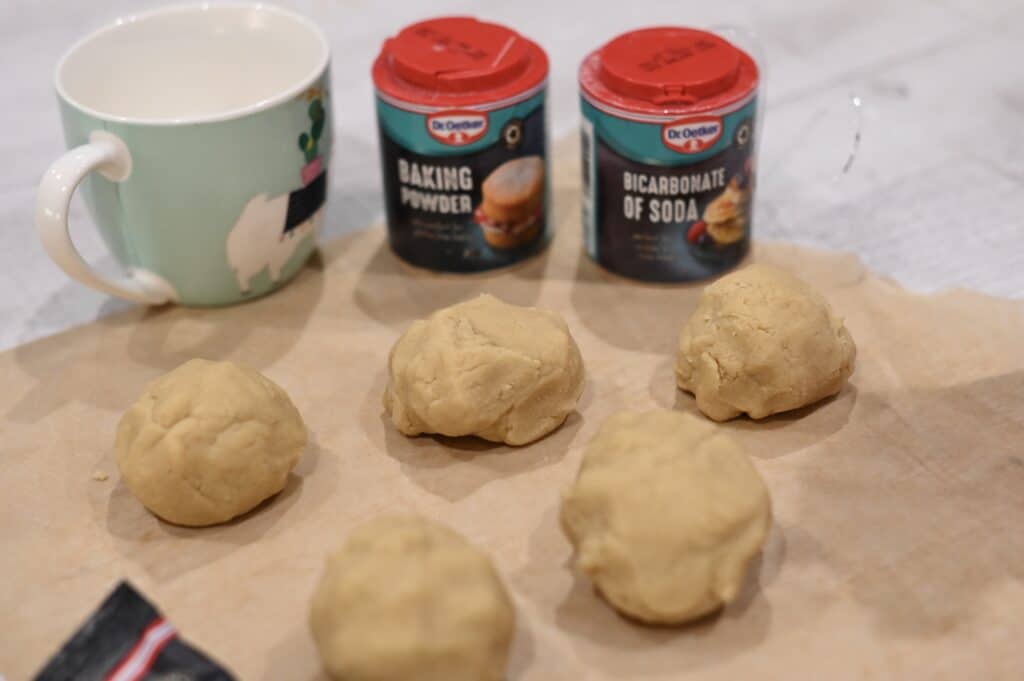
Potential raising agents to test
Baking powder
Egg white
Baking soda/bicarbonate of soda
Lemonade
Instructions
Preheat the oven to 180˚C.
Line a baking sheet with parchment paper.
Mix the butter and sugar in a bowl with the wooden spoon. Add the flour slowly until you have a smooth mixture.
Split the mixture evenly into four bowls.
Add a different raising agent to 3 of the mixtures and mix well.
The mixture without a raising agent is the control.
Add a handful of chocolate chips to each mixture.
Split the mixture into evenly sized-balls and spread them out on a baking sheet.
Bake in the oven for about 15 minutes.
Remove from the oven and compare each batch of cookies.
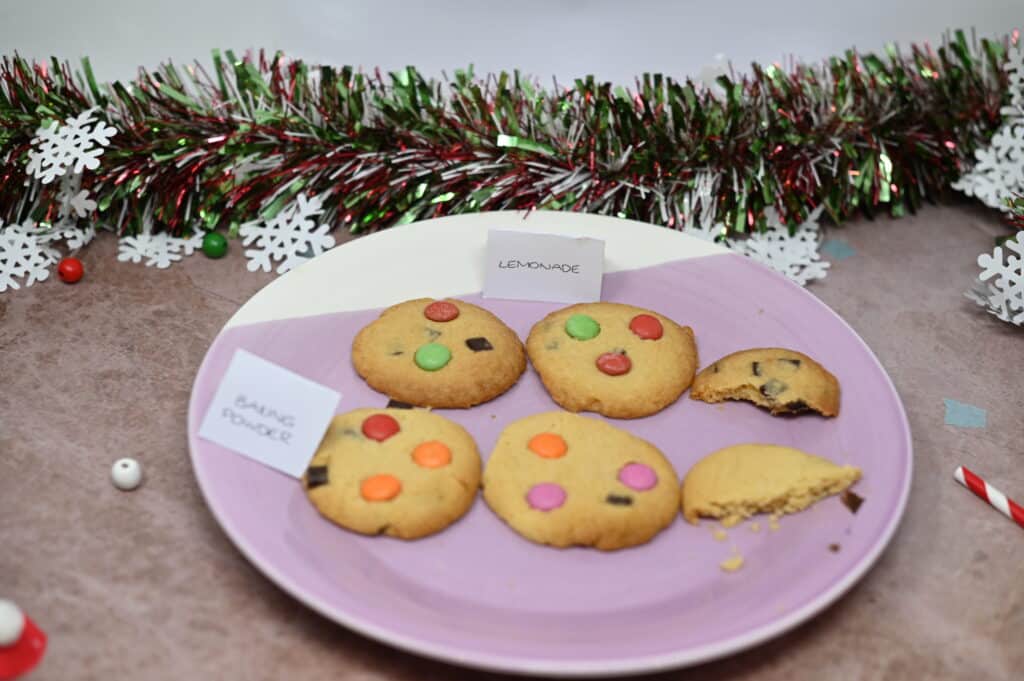
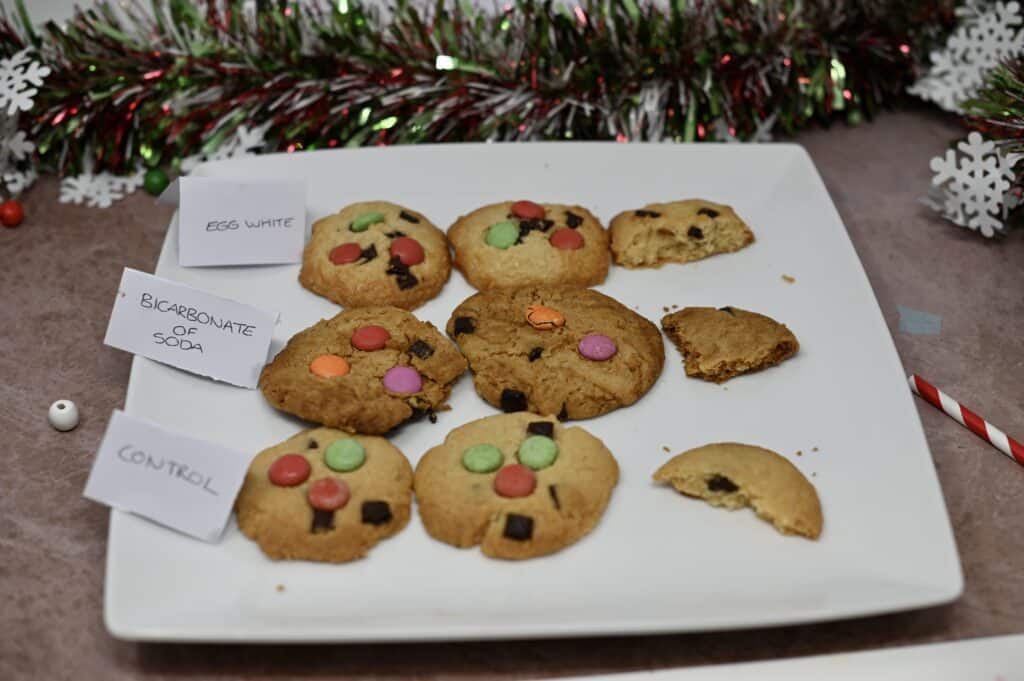
Remember to keep as many variables constant as you can.
Use the same amount of dough for each cookie.
Bake each batch for the same amount of time at the same temperature.
Use the same amount of each raising agent.
If you liked this post, you'll love my Science Sparks Bake Off!
Last Updated on December 28, 2024 by Emma Vanstone

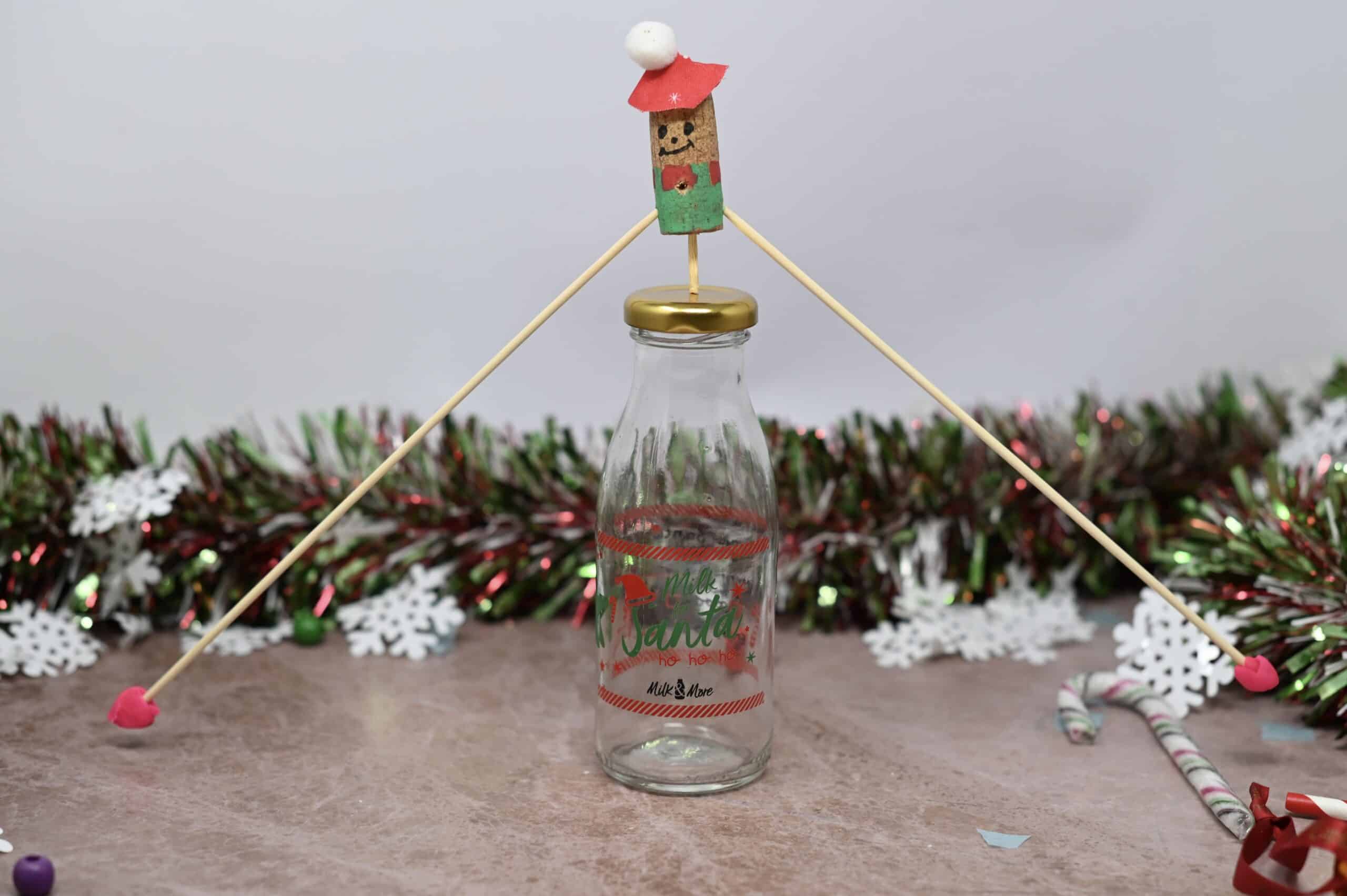
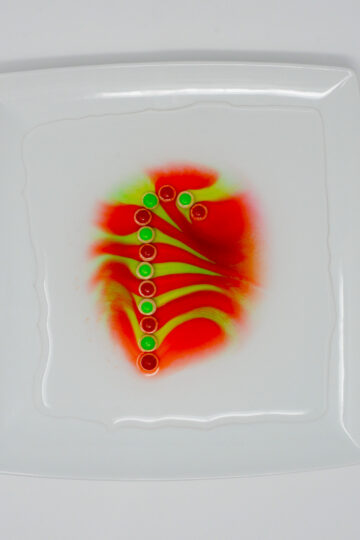

Leave a Reply